HUMAN INTEREST
Why The Medieval Era Should Be Your New Hyper Fixation
Published
2 months agoon
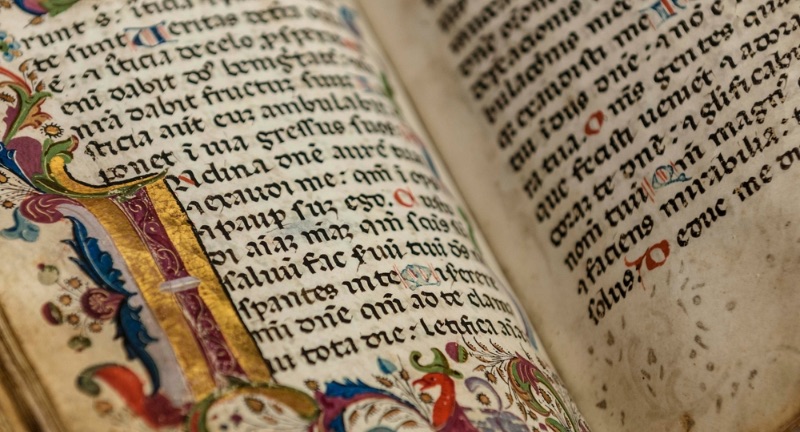
Shutterstock
The medieval era, spanning roughly from the 5th to the 15th century, was a time of immense change and development across Europe. During this time, society functioned with a feudal system in place, with the power in the hands of monarchs and the Church. Historical events like the Crusades, the Black Death, and the rise of Gothic architecture left their mark during this era. The medieval period is beyond interesting, here are 26 reasons why it should be your new hyperfixation.
Feudal System Governed Society
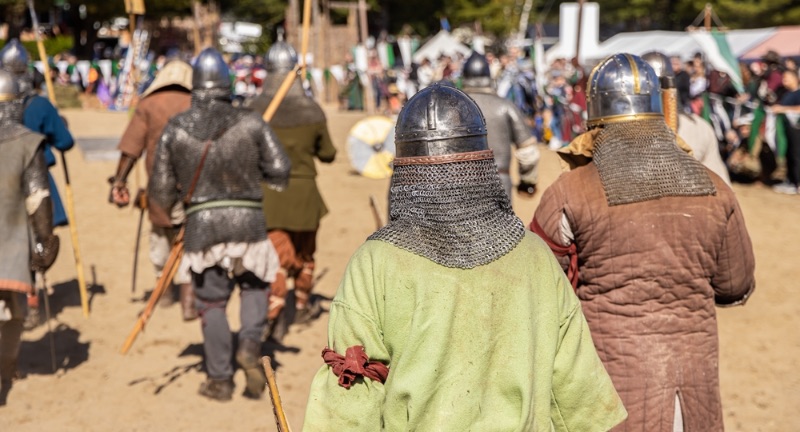
Shutterstock
The feudal system structured medieval society into strict hierarchies. Kings granted land to nobles, who, in turn, provided it to knights and vassals in exchange for loyalty and military service. At the bottom of the hierarchy were serfs, who worked the land and paid tribute. This system reinforced social order and shaped the economic framework of the era.
Castles Were Primary Defensive Structures
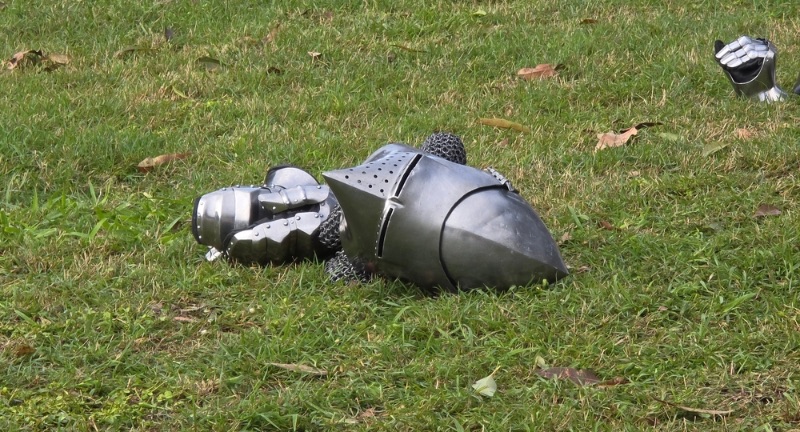
Shutterstock
Medieval castles were built as fortified residences for lords and as military strongholds. They were designed to withstand sieges and protect inhabitants from invaders. Castles often featured thick stone walls, moats, drawbridges, and towers. Over time, their designs became more advanced to counter evolving siege tactics.
Knights Followed the Code of Chivalry
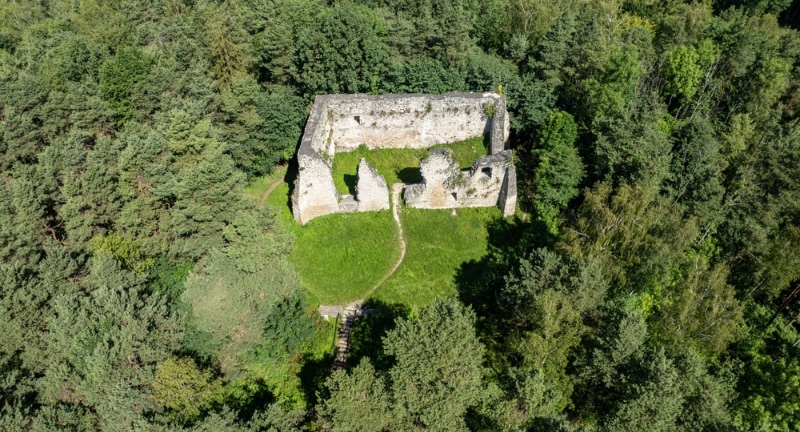
Shutterstock
Knights in the medieval era adhered to the chivalric code, emphasizing honor, loyalty, and courage. This code also included protecting the weak, especially women and children, and upholding justice. Tournaments and jousts provided knights opportunities to showcase their skills and adherence to these ideals. The code shaped the romanticized image of knights that persists today.
Serfs Worked the Land Under Lords
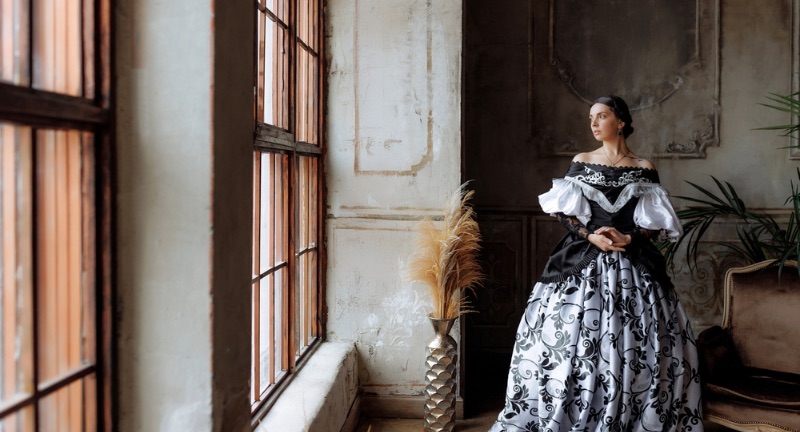
Shutterstock
Serfs formed the backbone of the medieval agricultural economy. They were tied to the land they worked and owed labor or produce to their lord. In return, they received protection and a small plot for subsistence farming. Despite their crucial role, serfs had limited rights and endured harsh living conditions.
The Catholic Church Held Significant Power

Shutterstock
During the medieval period, the Catholic Church was a dominant force in European life. It influenced politics, education, and cultural practices, often holding more authority than monarchs. Church leaders, such as the Pope, wielded power through excommunication and the interdict. Cathedrals and monasteries became centers of spiritual and intellectual life.
The Black Death Ravaged Europe
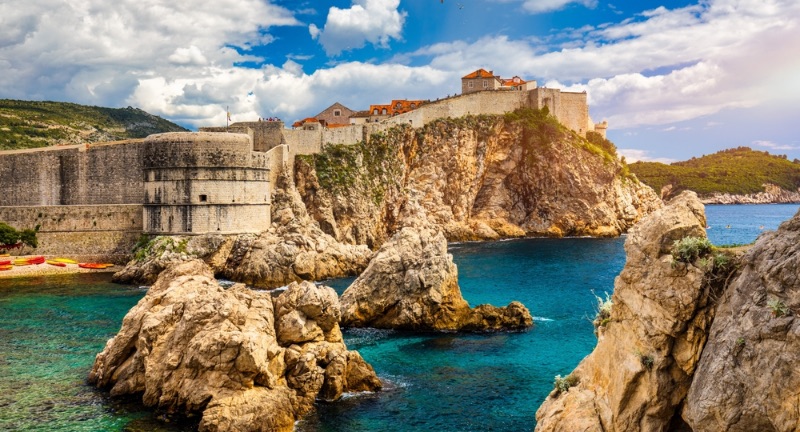
Shutterstock
The Black Death struck Europe in the mid-14th century, decimating populations. This pandemic, caused by the plague, killed an estimated 25-30 million people in just a few years. Entire villages were abandoned, and economies suffered drastic setbacks. The Black Death also prompted significant social and religious upheaval, questioning long-held norms.
The Crusades Occurred During This Time
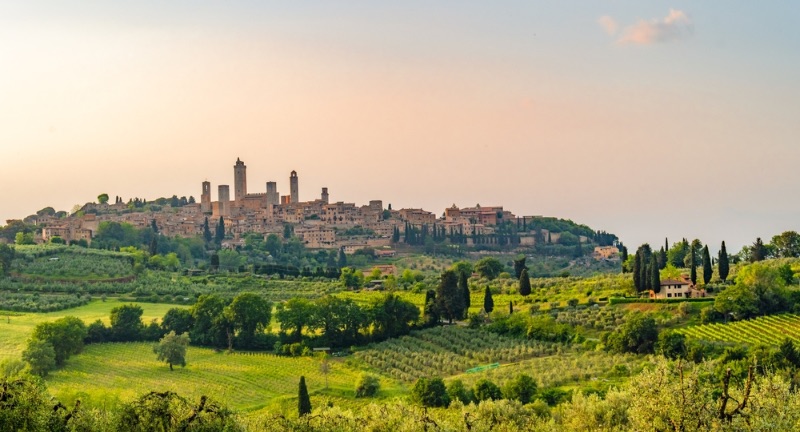
Shutterstock
The Crusades were a series of religious wars initiated by the Catholic Church in the 11th century. They aimed to reclaim Jerusalem and other holy sites from Muslim control. Thousands of knights and soldiers from Europe participated, driven by religious fervor and the promise of land. The Crusades left a lasting legacy of cultural exchange and conflict between Christianity and Islam.
Guilds Regulated Trades and Crafts
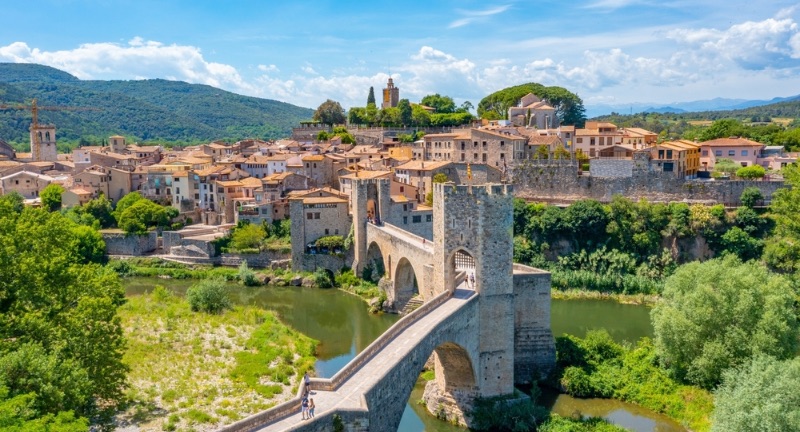
Shutterstock
Guilds were associations of craftsmen and merchants that controlled the practice of trades during the medieval era. They set standards for quality, prices, and working conditions. Becoming a guild member often involved an apprenticeship, a period of training in a particular craft. Guilds also provided social support for their members, ensuring fair treatment and protection.
The Magna Carta Was Signed in 1215

Shutterstock
The Magna Carta was a document signed by King John of England in 1215, limiting the power of the monarchy. It established the principle that the king was not above the law, and it granted certain rights to nobles. Over time, it became a symbol of liberty and justice. The Magna Carta laid the groundwork for modern constitutional law.
Gothic Architecture Flourished
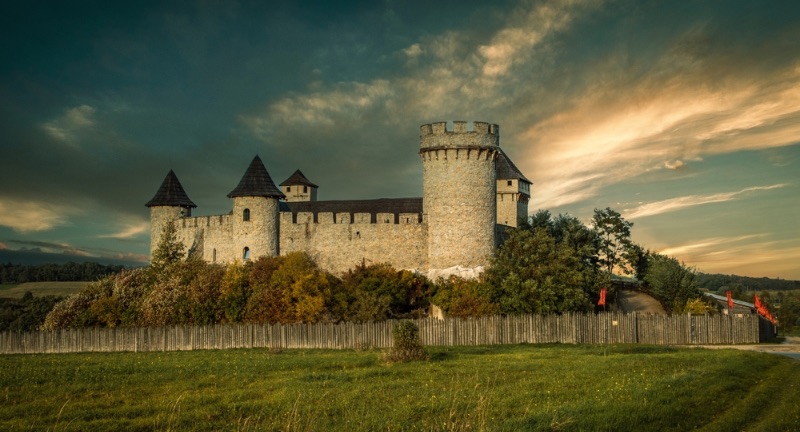
Shutterstock
Gothic architecture emerged in the 12th century and became prominent in Europe by the 13th century. Characterized by pointed arches, ribbed vaults, and flying buttresses, it allowed for taller and more intricate buildings. Cathedrals and churches were often designed in this style, with stained glass windows that depicted biblical scenes. Gothic architecture represented the Church’s dominance and the growing sophistication of medieval engineering.
Monasteries Preserved Knowledge
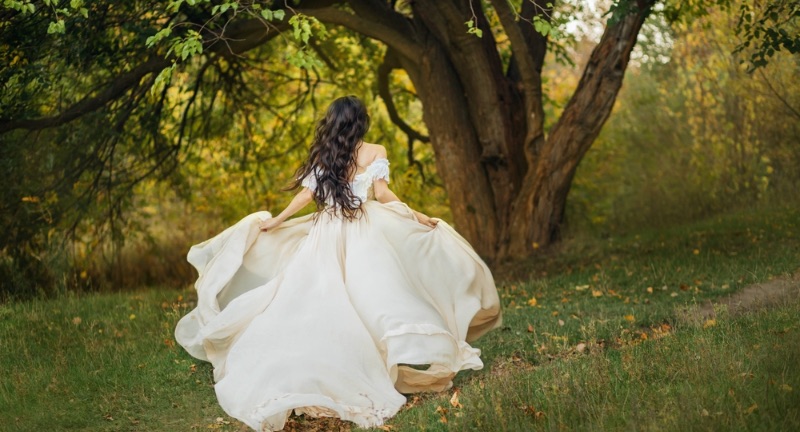
Shutterstock
Monasteries were centers of learning, literacy, and preservation of knowledge during the medieval period. Monks copied ancient manuscripts, including classical Greek and Roman works, ensuring the survival of much ancient knowledge. Many monasteries also served as places of education, where scholars taught theology, philosophy, and science. The preservation and transmission of knowledge helped to ignite the intellectual revival of the Renaissance.
Trial by Ordeal Was a Common Legal Practice
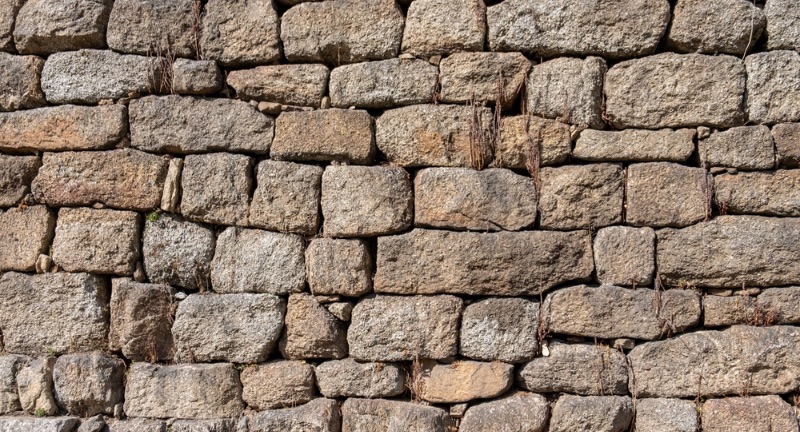
Shutterstock
In medieval times, trial by ordeal was a common method for determining guilt or innocence. It was believed that divine intervention would protect the innocent during dangerous or painful tasks. Examples included walking on hot coals or retrieving objects from boiling water. Though considered an unreliable form of justice, it was used in the absence of other evidence.
Vikings Raided European Coasts
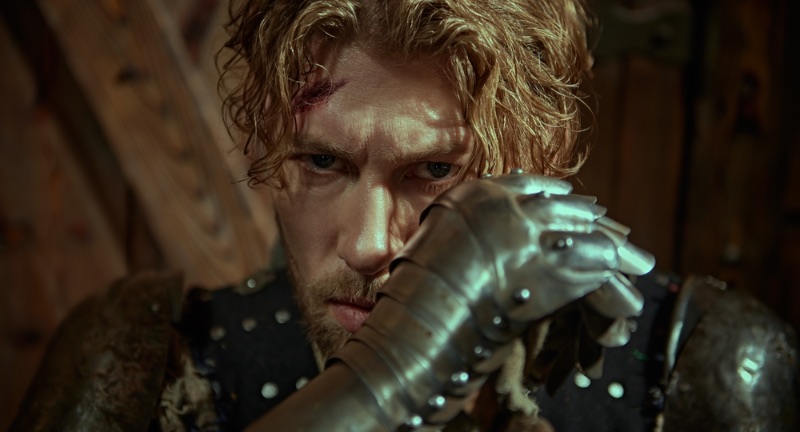
Shutterstock
The Vikings were seafaring Scandinavian warriors who raided and settled along European coasts from the 8th to the 11th century. Their raids targeted monasteries, towns, and cities, exploiting weak defenses and taking wealth back to Scandinavia. Viking longships were crucial for their success, allowing them to navigate rivers and open seas. Despite their fearsome reputation, Vikings also engaged in trade and exploration.
The Hundred Years’ War Took Place
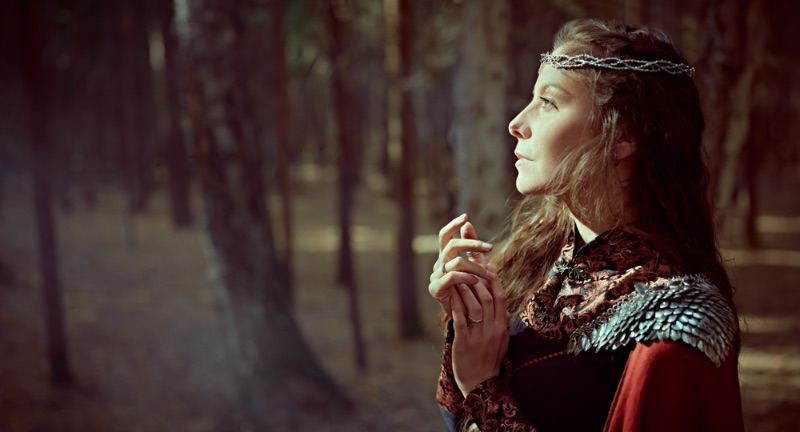
Shutterstock
The Hundred Years’ War was a prolonged conflict between England and France that lasted from 1337 to 1453. The war was primarily fought over territorial disputes and claims to the French throne. It saw the development of new military technologies, such as the longbow, which shifted the balance of power on the battlefield. The war ultimately ended with France reclaiming its territory and the decline of feudalism in both countries.
Scholasticism Dominated Education
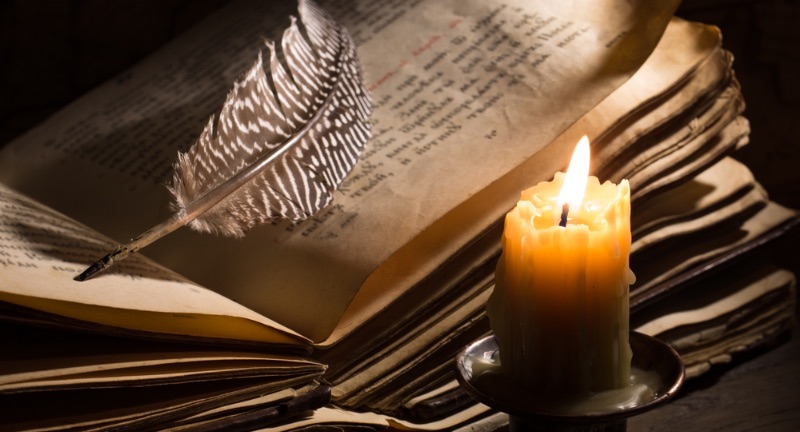
Shutterstock
Scholasticism was a dominant intellectual movement in medieval universities, particularly from the 12th to the 17th centuries. It sought to reconcile faith with reason, combining the teachings of the Catholic Church with ancient Greek philosophy, especially that of Aristotle. Scholars like Thomas Aquinas became leading figures in the development of scholastic thought. This framework of learning influenced theology, law, and science during the Middle Ages.
Heraldry Developed Among the Nobility
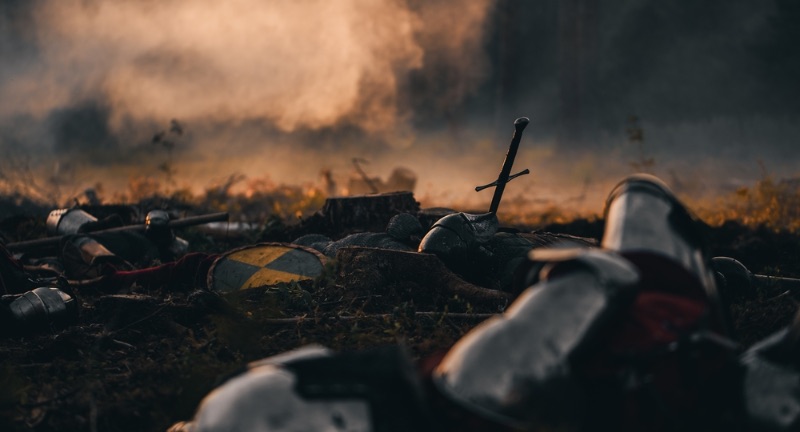
Shutterstock
Heraldry emerged in the medieval period as a system for identifying knights and nobles on the battlefield. It involved the use of distinctive symbols, colors, and coats of arms to represent families or individuals. Heraldic designs were passed down through generations and became an important aspect of aristocratic identity. The practice of heraldry also became formalized with the establishment of heraldic authorities and laws.
The Byzantine Empire Fell in 1453
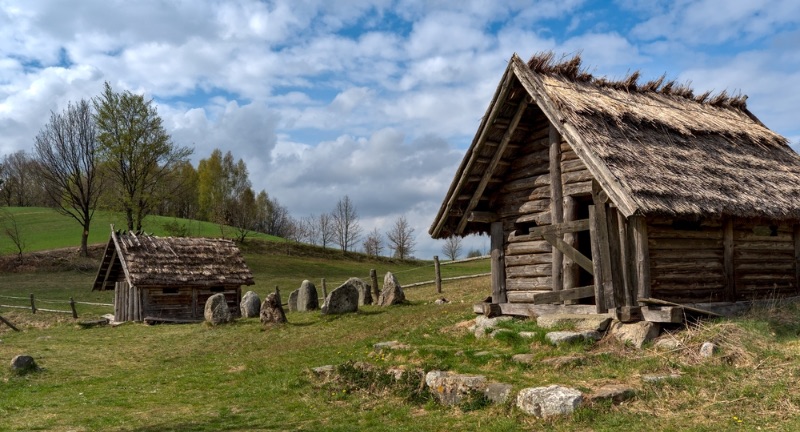
Shutterstock
The fall of the Byzantine Empire in 1453 marked the end of medieval Europe and the beginning of the Renaissance. The empire, which had lasted for over a thousand years, fell to the Ottoman Turks after the siege of Constantinople. This event led to the spread of Greek and Roman knowledge to Western Europe, influencing the Renaissance. The loss of Constantinople also impacted trade routes and shifted the power dynamics of the region.
The Holy Roman Empire Was a Central Institution
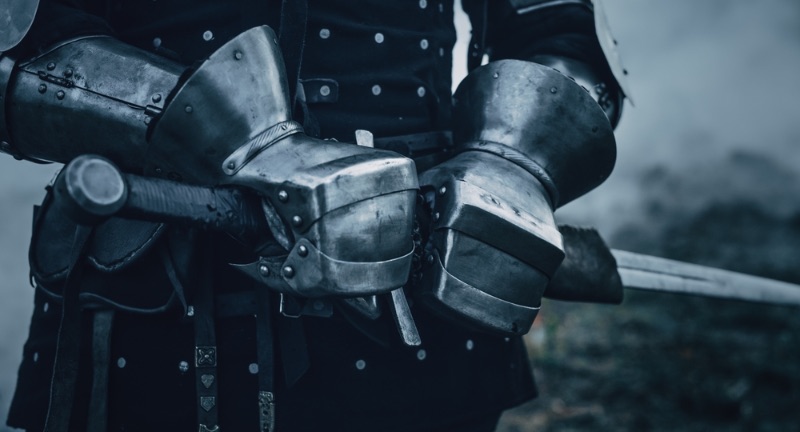
Shutterstock
The Holy Roman Empire was a multi-ethnic complex of territories in Central Europe that existed from 800 to 1806. It was a major political entity during the medieval period, with emperors claiming authority over vast territories. Although it lacked centralized power, it played a crucial role in European politics, culture, and religion. The empire’s relationship with the Catholic Church was central to its legitimacy.
The Hanseatic League Controlled Trade in Northern Europe
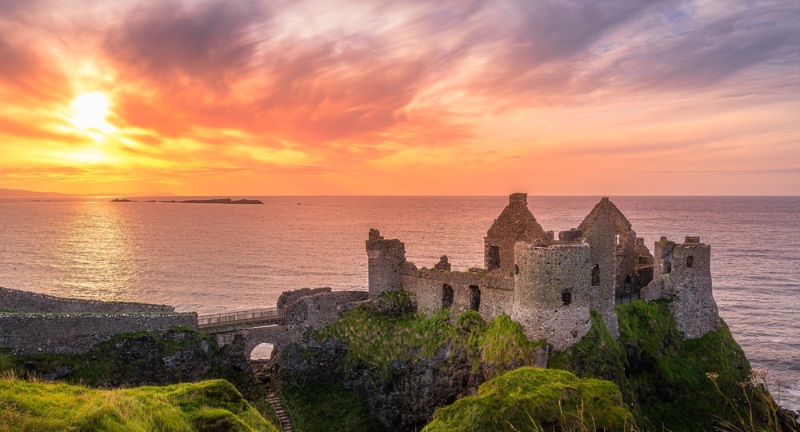
Shutterstock
The Hanseatic League was a commercial and defensive confederation of merchant guilds and towns in Northern Europe. It dominated trade in the Baltic and North Sea regions from the 13th to the 17th century. Members of the league established trading posts, securing economic advantages and reducing risks. The Hanseatic League helped spread ideas and goods across Europe, contributing to the rise of early capitalism.
Illuminated Manuscripts Were Created
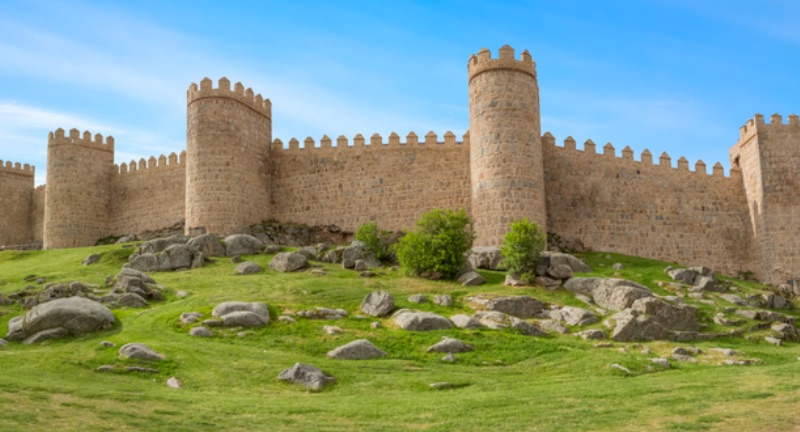
Shutterstock
Illuminated manuscripts were hand-crafted books that featured intricate designs and illustrations, often using gold or silver leaf. These manuscripts were primarily created by monks in monasteries during the medieval period. They were used to preserve religious texts, as well as classical literature and scientific works. Illuminated manuscripts are considered masterpieces of medieval art, combining both artistic beauty and scholarly value.
The Inquisition Was Established
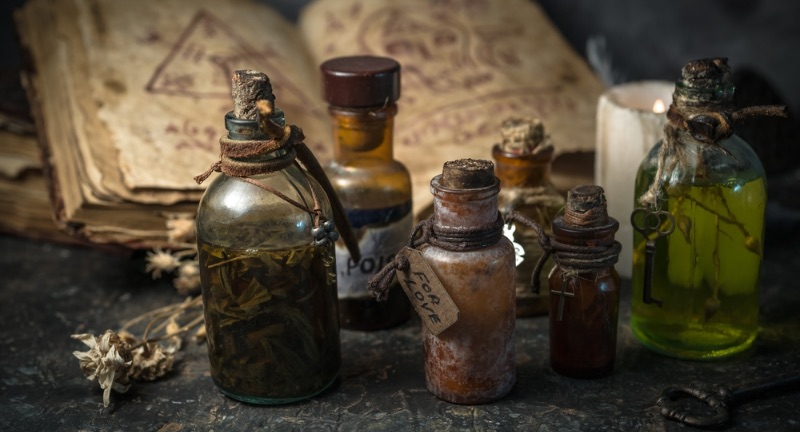
Shutterstock
The Inquisition was a group of institutions within the Catholic Church aimed at identifying and prosecuting heresy. It began in the 12th century and reached its peak during the 15th and 16th centuries. Inquisitors often employed torture and intimidation to extract confessions from accused heretics. The Inquisition played a significant role in the religious and political control of medieval Europe, leaving a controversial legacy.
The Trebuchet Was a Popular Siege Weapon
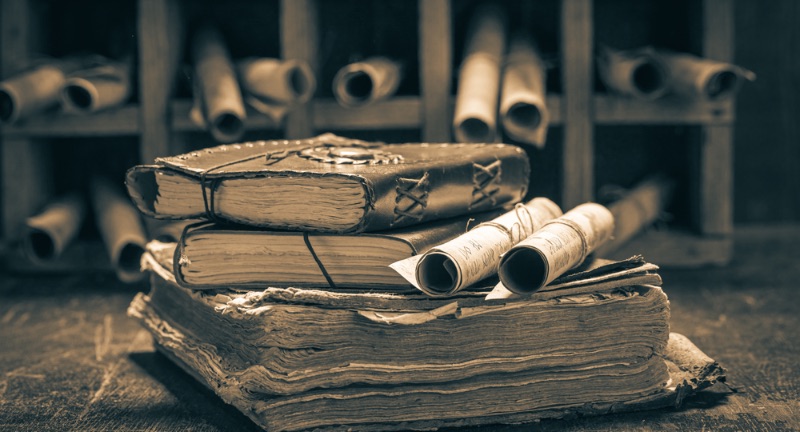
Shutterstock
The trebuchet was a powerful siege weapon used in medieval warfare to launch heavy projectiles over castle walls. It utilized a counterweight to propel the projectile, making it one of the most effective siege engines of the time. The weapon could hurl large stones, fire, or even diseased corpses to weaken defenders and create breaches. Trebuchets were used extensively during the Crusades and other military campaigns.
Pilgrimages to Holy Sites Were Common
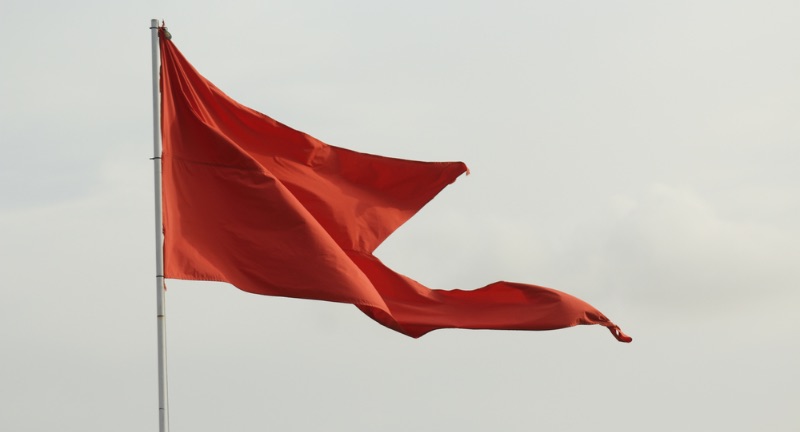
Shutterstock
Pilgrimages to holy sites were an important aspect of medieval religious life. Devout Christians traveled to locations such as Jerusalem, Rome, and Santiago de Compostela to seek spiritual merit, healing, or indulgences. Pilgrimages often involved arduous journeys, with pilgrims enduring hardships along the way. The popularity of pilgrimages helped shape the development of medieval roads, inns, and other infrastructure.
The Song of Roland Was a Famous Epic
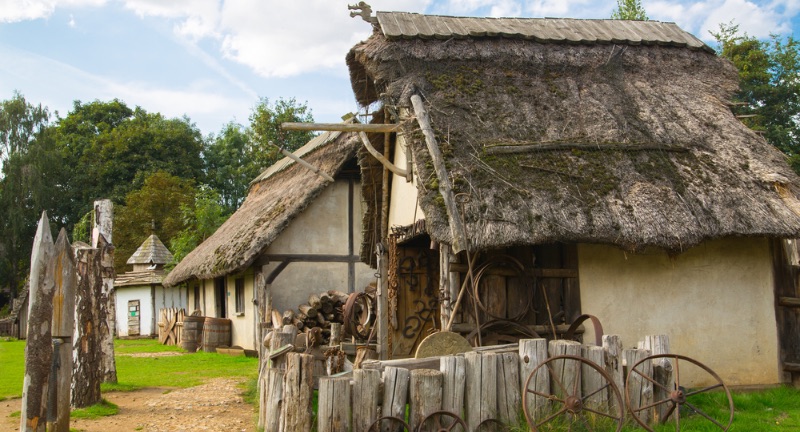
Shutterstock
The Song of Roland is one of the most famous epic poems of the medieval period. It tells the story of the hero Roland, a knight of Charlemagne’s army, who valiantly defends France against the forces of the Saracens. The poem reflects themes of loyalty, bravery, and honor, central to the chivalric ideals of the time. It was an important part of medieval literature, influencing later European epic narratives.
Tournaments and Jousts Were Popular Events
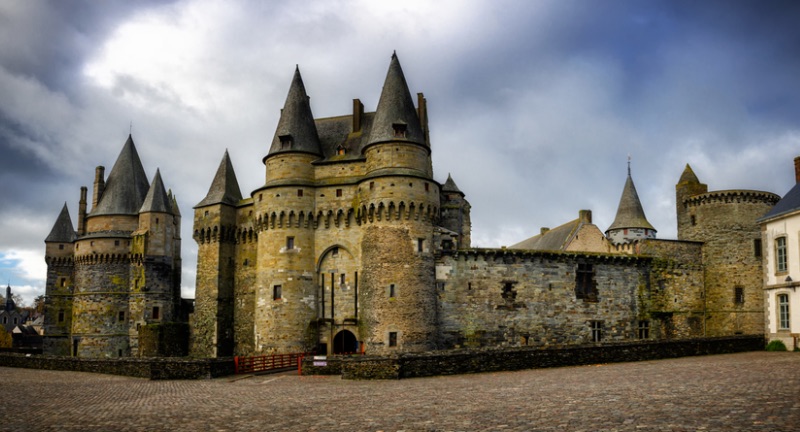
Shutterstock
Tournaments and jousts were highly popular in the medieval era, providing entertainment and an opportunity for knights to showcase their skills. Jousting involved knights on horseback using lances to charge at each other, aiming to unseat their opponent. Tournaments often included other contests such as melee battles, where knights fought in groups. These events were both social occasions and ways for knights to gain prestige and win prizes.
Crop Rotation Improved Agricultural Output
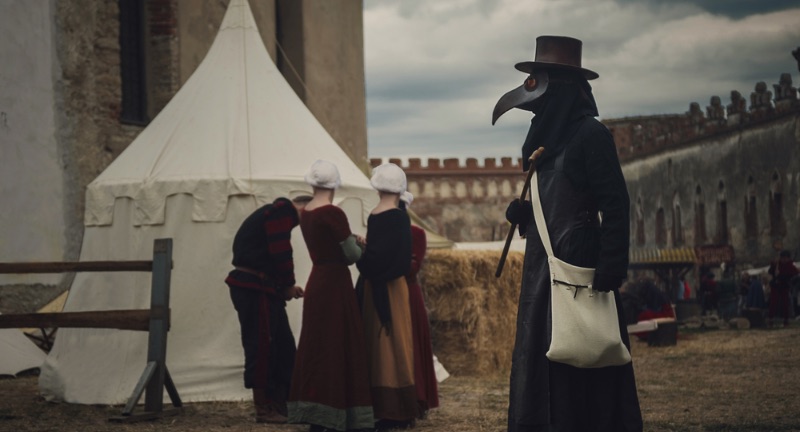
Shutterstock
Crop rotation became an important agricultural practice during the medieval period to improve soil fertility. By rotating different crops through fields each year, farmers could avoid depleting the soil of essential nutrients. This method also helped reduce the spread of pests and diseases. The introduction of crop rotation led to significant increases in agricultural productivity, supporting population growth and urbanization.
Conclusion
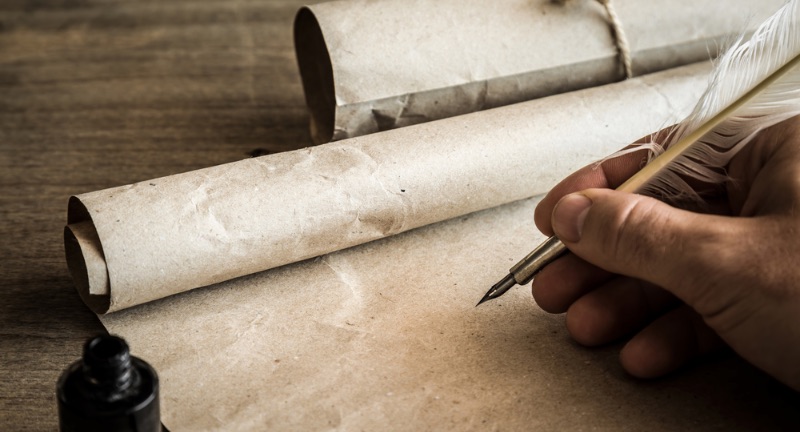
Shutterstock
Hyperfixating on the medieval era will leave you entertained for months. This timeframe is massive and holds some of the most interesting and influential events and people of all time. The achievements of this era, from the construction of grand cathedrals to the development of legal and educational systems, remain important even in modern society. Despite the challenges, the medieval period laid the groundwork for the Renaissance and the modern world. Its legacy continues to influence contemporary culture, law, and architecture.
More From Bon Voyaged
-


20 Places Around The World Where People Seem To Be…
-


33 Plants That Use Their Beauty as a Deadly Disguise
-


25 Best Destinations If You Have A Love For Hiking
-


25 Reasons Why A Vacation Can Make Or Break A…
-


20 Best Foodie Destinations Around The World
-


25 Most Popular Flowers To Use For Your Holiday Decorations
-


20 Travel Hacks You Need To Implement For Your Next…
-
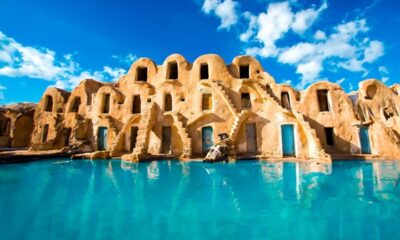

26 Destinations That Are On Everyone’s List For Next Year
-


20 Most Popular Pasta Dishes In 20 Different Countries
-


30 Beaches So Beautiful You’ll Rethink Your Next Vacation
-
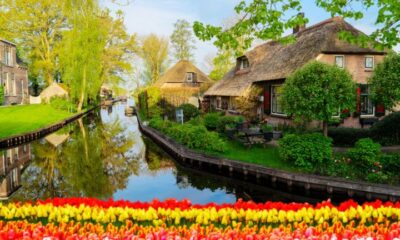

28 Towns Across The World That Offer Canal Street Living
-


25 Hidden Gem Vacation Spots Around The World

